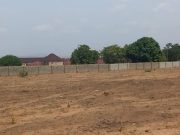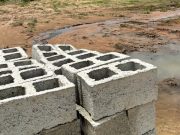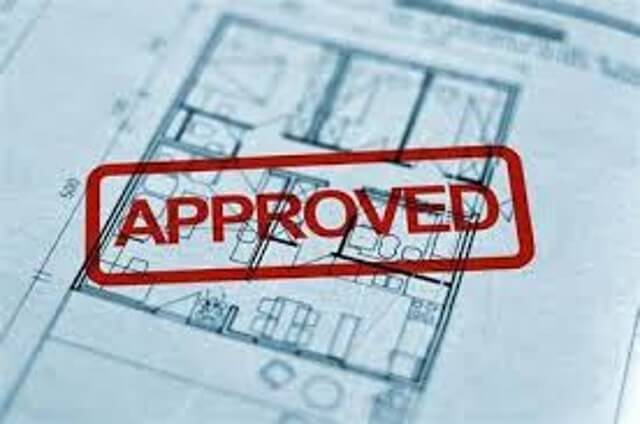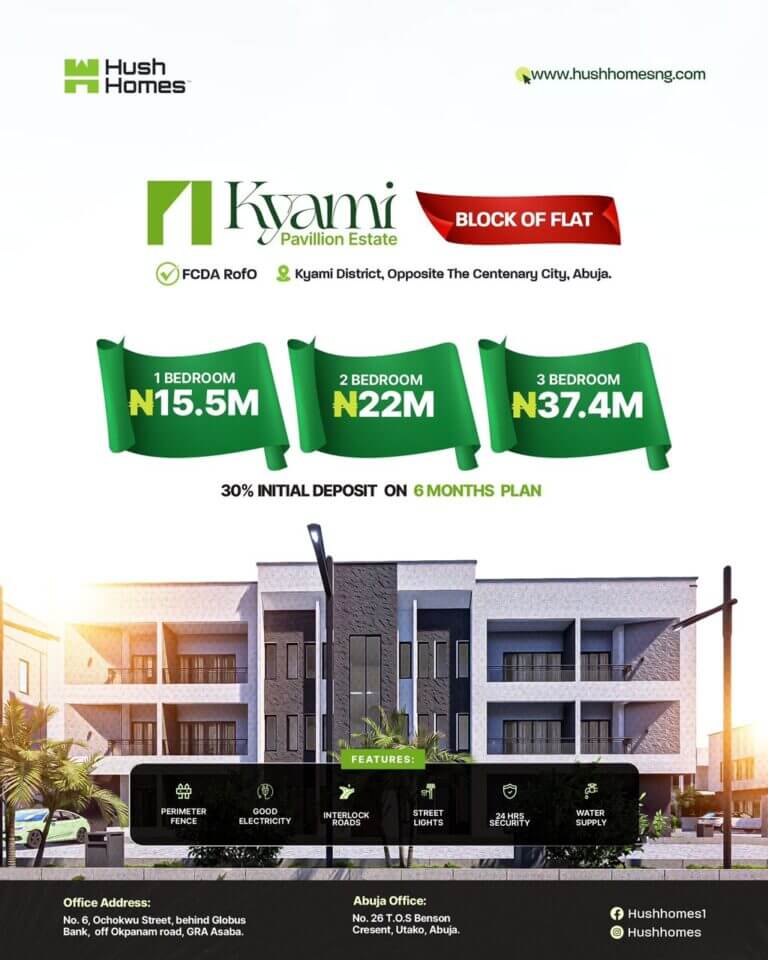If you are planning to build a house or commercial property in the Federal Capital Territory (FCT), Abuja, getting a building approval plan is one of the most important steps to ensure your project is legal and meets the necessary regulations. While the process might seem daunting at first, breaking it down into simple steps can help you navigate it better.
In this guide, we will walk you through the step-by-step process of obtaining a building approval plan in the FCT. In addition, we will explain what you need to know and do at each stage.
1. Secure the Right Land Title
Before you can apply for a building approval plan in the FCT, it is essential to confirm that you own the land and have the right title documents. In the FCT, the main land title document is the Certificate of Occupancy (C of O). This certificate confirms that the land has been allocated to you legally.
If you don’t already have a C of O for your plot, you must apply for it through the FCT Department of Land Administration. It is crucial to ensure your land is free from any disputes and that all documents are up to date, as this will save you from potential setbacks during the approval process.
2. Engage a Registered Architect
Once your land title is in order, the next step is to engage a registered architect. The architect will help you draw up your building plans according to FCT’s regulations and guidelines. These plans will include details such as the structure, design, drainage systems, and the overall layout of the building.
Ensure you hire a professional registered with the Architects Registration Council of Nigeria (ARCON). This is important because only plans submitted by certified professionals will be considered during the building approval process.
Your architect will also ensure that your design complies with the FCT master plan, which governs land use, zoning, and building requirements in the area.
Also Read:
- 10 Frequently Asked Questions By First-Time Property Buyers in Abuja
- What to Look for During a Land Site Inspection in Abuja
- What are the Fastest Developing Areas for Real Estate Investment in Abuja
3. Obtain Environmental Impact Assessment (EIA)
In many cases, particularly for large projects, you will need an Environmental Impact Assessment (EIA). This document evaluates how your building project will affect the surrounding environment, such as air quality, water resources, and the local community. It ensures that your project is sustainable and does not harm the environment.
To get an EIA, you will need to apply through the FCT Environmental Protection Board. The FCT Environmental Protection Board always reviews the EIA report as part of the building approval process. However, smaller projects might be exempt, but it’s always good to check if your project qualifies for an exemption before skipping this step.
4. Submit Your Application to the Development Control Department
Once your building plans are complete and all necessary documents, including the EIA, are in order, you can submit your application to the Development Control Department of the FCT. The Development Control Department is responsible for ensuring that all buildings in the FCT meet the required standards and follow the Abuja master plan.
To submit your application, you will need to provide several documents, including:
- Your Certificate of Occupancy (C of O)
- Architectural drawings
- Structural engineering designs
- EIA report (if applicable)
- Land survey
- Tax clearance certificates
It is important to ensure all the documents are complete and accurate before submission to avoid delays.
5. Pay the Necessary Fees
After submitting your application, you will be required to pay certain fees to the Development Control Department. These fees vary depending on the size and type of your project. The payment will cover administrative processing, inspection, and other related services.
It is a good idea to get an estimate of the fees early in the process so that you can budget accordingly. The Development Control Department will provide you with payment details after reviewing your application.
6. Site Inspection by Development Control Officers
Once your fees are paid, officers from the Development Control Department will schedule an inspection of your building site. The purpose of this inspection is to verify that the information provided in your application is accurate. Beyond that, development control officers inspect your site to ensure it complies with the FCT regulations.
During the inspection, they will check the boundaries of your plot, the proximity to roads and other infrastructure, and other critical factors. If everything is in order, they will proceed with reviewing your building plans.
7. Approval of Building Plans
After the site inspection, your building plans will undergo a detailed review by the Development Control Department. This stage may take a few weeks, depending on the complexity of your project. The department will assess whether your design meets the zoning regulations, structural requirements, and environmental standards set out for the FCT.
If your building plans comply with the requirements, you will receive an official approval letter from the Development Control Department. You now have your building approval plan in the FCT.

8. Start Building
Once you have received the approved building plan, you are legally allowed to begin construction. However, keep in mind that you must follow the approved plans strictly during the building process. Here’s why… Any significant changes to the design or structure will require you to seek additional approval.
Equally important, regular inspections will be carried out by the Development Control Department during construction to ensure compliance with the approved plans.
9. Final Inspection and Certificate of Completion
After completing the construction, you must notify the Development Control Department for a final inspection. This inspection ensures that the building has been constructed according to the approved plans. In addition, this also helps you to know if the building meets all safety and structural standards.
If the inspection is successful, you will receive a Certificate of Completion, which signifies that your building is ready for use.
Also Read:
- How Much Does It Cost to Buy a House in Abuja?
- How Easy Is It for Nigerians Living Abroad to Buy a House in Abuja?
- Why Hush Homes Nigeria Limited is the Best Real Estate Company in Abuja
Conclusion
Lastly, getting a building approval plan in the FCT may seem like a long and tedious process, but following these steps can avoid unnecessary delays and legal issues. Remember, the key to a smooth approval process is ensuring that you have all the necessary documents, engaging professionals, and adhering to FCT regulations.
Whether you are building a home or a commercial property, securing a building approval plan in the FCT is a critical step that ensures your project is compliant and legally protected. By taking the time to follow these guidelines, you can confidently embark on your construction journey with peace of mind. Is this not amazing?
To invest in our Abuja real estate offer, Kyami Pavilion Estate, please, call +2348132794689 or send a WhatsApp message to +2348132794689.

































